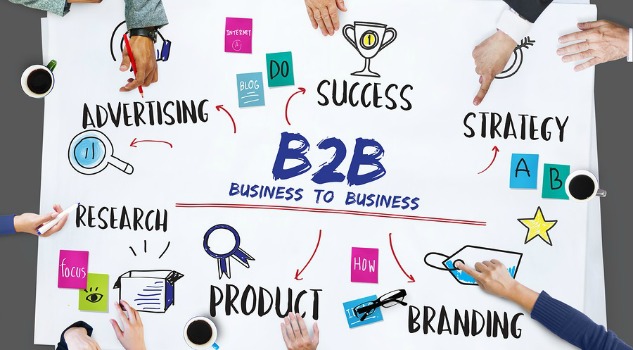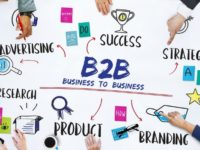A “good” B2B strategy is one that is buyer-driven i.e. responsive to the needs of business buyers can position the SME as a strong viable player in today’s highly competitive markets. However, it is only through sustained and effective execution that will ensure long-term profitability and success.
Unfortunately, execution is where many businesses fail. A recent global SME study by Salesforce identified SMEs biggest challenges as being:
- Acquiring new customers.
- Long-term planning.
- Customer retention.
- Financial management.
For many SME firms such as those in technology, accounting and law, addressing these challenges will be harder given the many changes that have occurred in business client needs, expectations and purchase behaviours.
To succeed, SMEs must undertake four steps to win in B2B.
1. Prioritisation
Your management team needs to prioritise on two levels:
- Identify which clients and prospects your firm will focus on.
- Determine which business innovations i.e. what new introductions and/or improvements you will undertake within your SME to meet the needs of those target clients and prospects.
These business innovations may occur across one or more areas of your SME including:
- Product.
- Service and support.
- Processes.
- Marketing.
- Organisational structure.
Selection of the target customers and the business innovations should be based on a series of criteria pertaining to:
- The business clients’ needs and their alignment to your company’s goals and objectives.
- Being able to identify and undertake the business innovations that meet both clients’ needs and company goals.
- The effect on driving your company’s growth.
2. Customer planning
Once you have prioritised your customers and innovation opportunities, you need to create custom plans for each of your target prospects and key clients. These plans should detail:
- How your SME will deliver value through your existing offerings and processes.
- The business innovations your company will introduce.
- How your company will engage with key stakeholders.
Note: These plans must into account who are the key decision-makers (also referred to as the Buying Committee) their priorities, expectations and how they buy, all of which may have changed over the past 12 months!
3. Execution
This is where the “rubber hits the road”. Execution occurs on two levels:
A. Managing Key Clients and Prospects: It is important that three key customer management roles are covered:
- Relationship Lead: This person (typically the Account Manager or Business Development Manager) creates and strengthens the relationship and protects your company from competitors trying to infiltrate and win over your customers.
- The “Driver”: This person leads the charge for maximising business within a client account. This is a critical role as without it there is no one to drive account growth and client plans do not get created or implemented. A note of caution here, often this role is simply just given to the relationship lead. However, this does not necessarily have to be the case. It is vital that whomever takes this role has the necessary skill set in Customer Impact i.e. understanding and responding to client needs.
- The Technical Expert: This person will have the required depth of knowledge and expertise in specific areas to solve problems and facilitate discussions. Without this person in your team, your SME will have limited opportunities to create growth and value.
B. Undertaking the business innovations: This will likely involve establishing cross-functional teams to design and implement the defined innovation initiatives.
4. Review and revise
Because business client needs and market conditions are changing frequently and new trends are emerging, you should review both your client plans and the innovation initiatives being undertaken regularly (at a minimum quarterly). This will help ensure your SME is both managing customers appropriately as well as focusing resources in the right areas.
Michael Haynes, B2B Customer Strategy Specialist and Founder, Listen Innovate Grow















